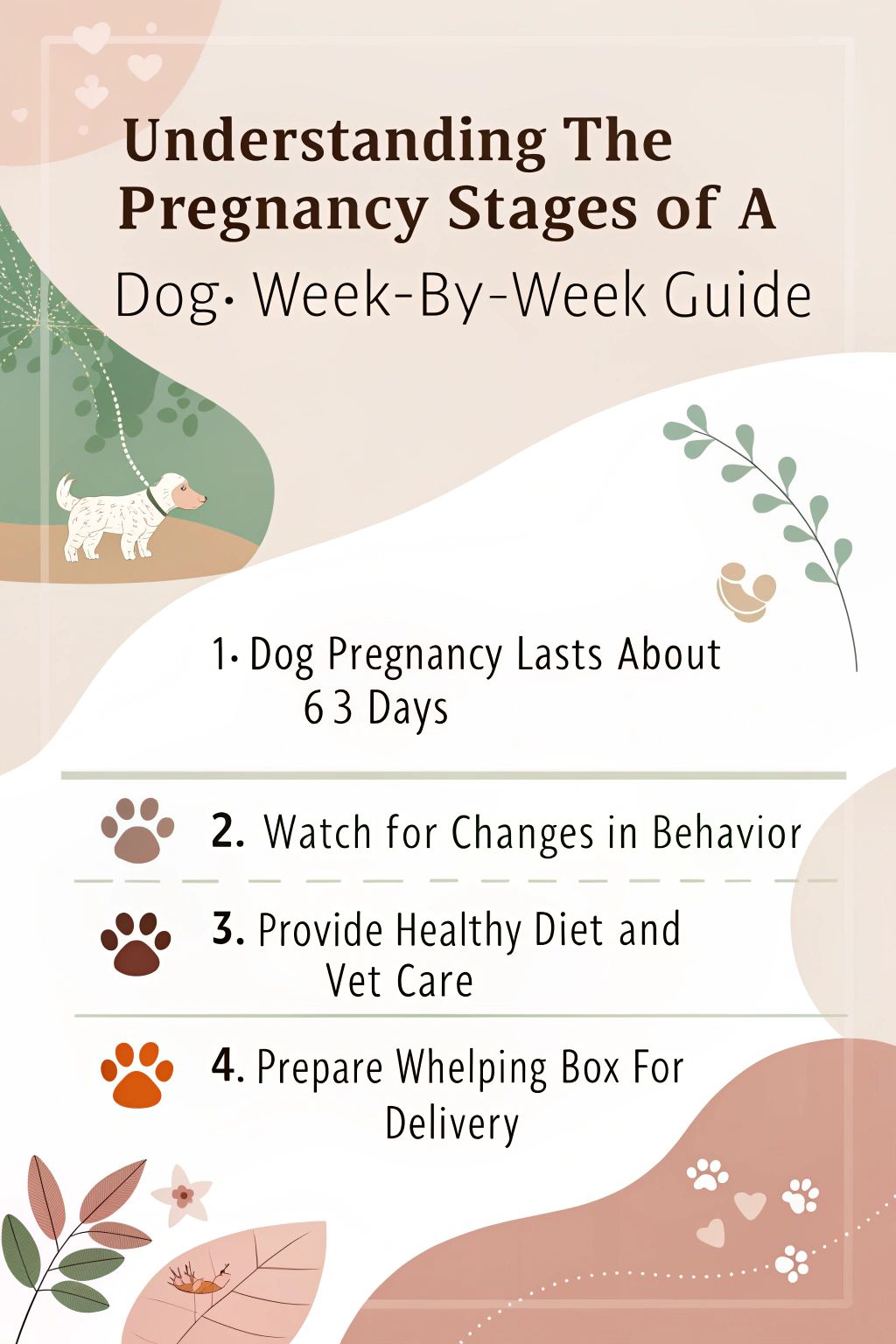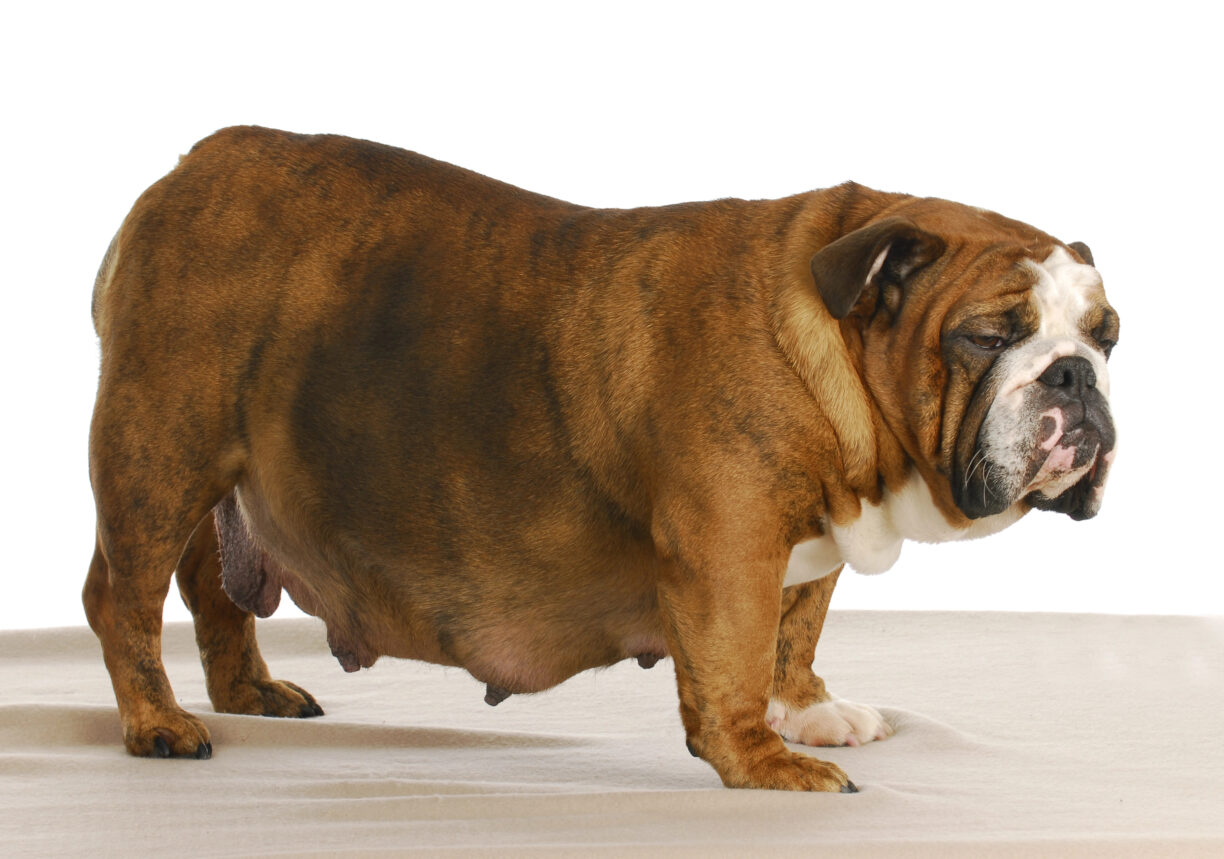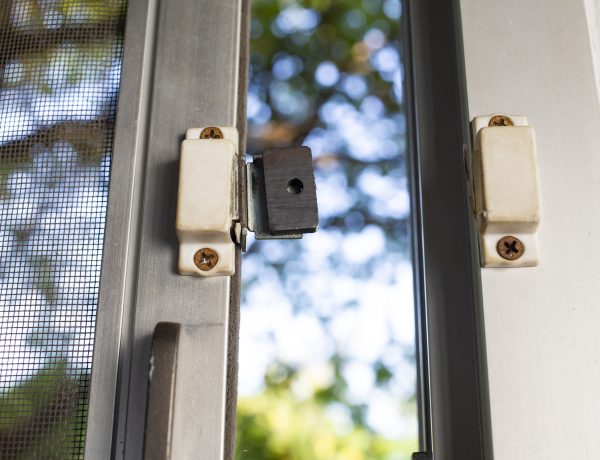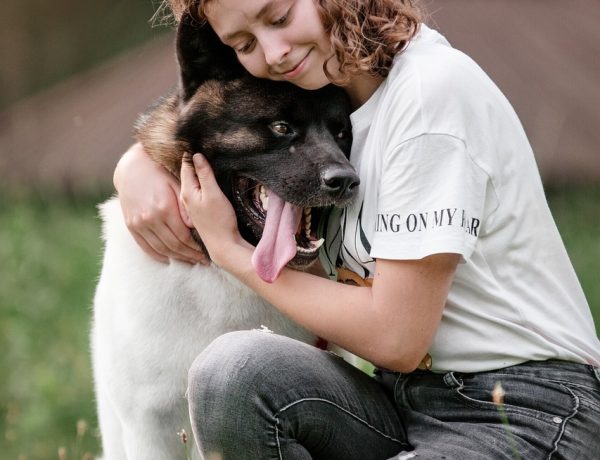Does your pregnant dog seem a bit off lately? Maybe she’s more tired, eating differently, or acting unusual. If you’re scratching your head and feeling unsure about what’s going on, you’re not the only one! Many pet owners feel confused during this time.
Dog pregnancy lasts about 63 days and can bring lots of changes. Small signs like nesting behavior or morning sickness might show up early, while bigger changes happen later as puppies grow inside her belly.
This blog will guide you through each week of her pregnancy. You’ll learn what to expect, how to care for her, and when she’ll be ready to deliver. Stay tuned’your dog’s health (and her pups’) relies on it!
Key Takeaways
- Dog pregnancy lasts about 63 days, with important changes happening week by week.
- Signs like nesting, appetite changes, and energy fluctuations can indicate pregnancy stages.
- A healthy diet and regular vet checkups are important for the mother’s health and puppy development.
- Prepare a whelping box with clean bedding, heat sources, and necessary tools for delivery.
- Monitor her behavior, temperature drops (below 99’°F), and signs of labor to promote a safe delivery.

Week 1-2: Fertilization and Early Development
 Female dogs release eggs during their heat cycle, typically about a week in. The sperm reaches the egg during this fertile period, resulting in fertilization. After fertilization, the eggs move to the uterus over a few days.
Female dogs release eggs during their heat cycle, typically about a week in. The sperm reaches the egg during this fertile period, resulting in fertilization. After fertilization, the eggs move to the uterus over a few days.
Cell division starts rapidly following this stage. Small groups of cells develop and get ready to connect to the uterine wall by day 7-10. This attachment supports steady growth as embryos settle in for development.
A fertilized dog is considered pregnant during these important early stages. A dog’s remarkable path to motherhood begins with just one tiny cell.
Week 3-4: Embryo Development
Tiny embryos settle into the uterus during this stage, beginning their growth. You might notice small changes in your dog’s behavior or appetite’things are just getting started!
Signs of pregnancy start to appear
A pregnant dog may act differently. She could become more clingy or spend time alone. Her appetite might change, with either more hunger or less interest in food. Darkened and enlarged nipples become noticeable around the third week.
The belly starts to swell as the puppies grow.
Energy levels drop too, making her sleepier than usual. Look for weight gain and a softer abdomen during gentle abdominal palpation. Visiting a veterinarian can confirm pregnancy through an ultrasound or hormonal testing like hCG detection by week three or four.
Week 5-6: Rapid Growth
Your dog’s belly starts to swell, and her energy might shift. Puppies inside are growing fast, so she’ll need extra care now.
Nutritional needs increase
A pregnant dog requires additional calories to support her growing puppies. Offer a nutritious, protein-rich diet during this phase. Foods containing omega-3 fatty acids can support fetal growth and improve your dog’s health.
Supplements such as Vitalize Dog Gel or Alimend K9 could be beneficial if appetite decreases.
Appetite may fluctuate during weeks 5-6. Some dogs eat less, while others appear constantly hungry. Keep track of portion sizes but refrain from overfeeding. As the belly enlarges, the space for food decreases’smaller meals are more suitable at this time.
Week 7-8: Preparing for Birth
Your dog may start nesting, her body will change more, and you’ll see signs that the big day is near’stay tuned for what to expect next!
Physical and behavioral changes
The dog’s belly gets bigger as the fetuses grow. Nipples darken and swell, preparing for milk production. Some dogs may gain noticeable weight by the end of week five. Movement in the abdomen becomes visible during later weeks of pregnancy, especially when puppies shift positions.
She might act clingy or hide more often. Nesting behavior in dogs starts around week seven or eight. Energy levels drop, and she might seem tired throughout the day. Her appetite could either skyrocket or disappear completely at times.
Expect mood swings’some days affectionate, other days distant.
Week 9: Puppy Delivery
The big day has arrived! Your dog may show signs like nesting and restlessness, ready to welcome her puppies.
Recognizing signs of labor
A pregnant dog’s temperature often drops below 99’°F about 12’24 hours before labor. Watch for panting, shivering, restlessness, and nesting behavior. She may dig in her whelping box or scratch at bedding to prepare a space for delivery.
Stage 1 begins with mild uterine contractions and more noticeable nesting actions. During Stage 2, active delivery starts. Puppies typically arrive every 20’30 minutes. If your dog strains without progress for over an hour, contact a vet right away to avoid complications like placental separation.
Stay close but calm during this time’her instincts will guide her through most of it!
Caring for a Pregnant Dog
A pregnant dog needs proper care to stay healthy and comfortable. Pay attention to her food, rest, and overall well-being during this special time.
Proper diet and hydration
Proper diet and hydration are key during a dog’s pregnancy. Good nutrition helps the mother and puppies stay healthy.
- Feed high-quality, protein-rich food specifically meant for pregnant dogs. This supports the growing puppies and the mother’s energy requirements.
- Gradually increase her food starting in the fifth week of pregnancy. Overfeeding too early can result in weight gain without benefits.
- Offer smaller meals more often as her belly gets full quicker in later stages. This prevents discomfort from eating large portions at once.
- Provide clean, fresh water throughout the day to keep her hydrated, especially in warm weather or after meals.
- Add supplements only if recommended by a vet, such as suitable options for her condition, to support health without risks.
- Monitor appetite changes, which may shift between increased hunger or slight loss in interest due to nausea.
- Avoid raw diets that could carry bacteria like Salmonella, putting both mom and pups at risk of sickness.
- Keep sugary treats or junk foods off-limits since they can affect digestion or contribute to unhealthy weight gain.
Regular veterinary checkups
Regular veterinary checkups are key for a healthy dog pregnancy. They help track the health of both the mother and her puppies.
- Schedule an abdominal palpation around days 21-30 to confirm pregnancy. This allows your vet to feel for embryos in the uterus.
- Conduct an ultrasound around day 25 for early detection. It also ensures the puppies are developing as expected.
- Perform hormone tests between days 21-25 to confirm pregnancy. These tests are most reliable during this window.
- Take X-rays after day 45 to determine how many puppies she’s carrying. This helps prepare for delivery and address any possible complications.
- Keep track of her weight, temperature, and overall health at every visit. Significant changes can indicate problems needing prompt attention.
- Consult with your vet about nutritional supplements or special diets if necessary for her growing puppies.
- Go over potential concerns like straining during labor or uterine contractions with your vet before whelping begins.
- Arrange regular prenatal checkups throughout all trimesters of pregnancy to identify issues early.
Veterinary care provides reassurance during this important time!
Preparing for Whelping
Set up a cozy spot where your dog feels safe. Gather all the things you might need before the big day arrives.
Creating a safe and comfortable space
Dogs need a quiet and cozy area to deliver their puppies. A proper space helps the mother feel calm and reduces stress.
- Choose a quiet corner away from loud noises or heavy foot traffic. Dogs prefer privacy during this time.
- Use a sturdy whelping box that’s big enough for mom and her puppies to move comfortably. The sides should be high enough to keep the puppies inside but low enough for the mother to step in and out easily.
- Line the box with clean towels, blankets, or soft bedding. Replace these regularly to maintain cleanliness and comfort.
- Place a heat lamp or heating pad near the box but not inside it. Puppies need warmth, as they can’t regulate their body temperature yet. Keep an eye on the temperature so it doesn’t become too hot for them or the mother.
- Keep water and food bowls within easy reach of the dog but outside the whelping area to avoid spills or messes.
- Make sure there’s good lighting in case of complications during labor, like prolonged straining during labor or signs of dog labor complications.
- Avoid slippery surfaces around the area where she’ll give birth as dogs may struggle to get comfortable on such flooring.
- Monitor her behavior frequently for nesting instincts’a sign she’s close to giving birth’and adjust her space if needed.
Essential supplies checklist
A pregnant dog needs the right supplies for whelping. These items help keep her and the puppies safe and comfortable.
- Clean towels or blankets: Use these to clean and dry the puppies after birth. They also provide warmth for the newborns.
- Sterile scissors: Cut the umbilical cord safely if needed. Make sure they are cleaned before use.
- Umbilical clamps: These stop bleeding where the cord is cut. They are small but very important.
- Disposable gloves: Wear these to handle pups during birth, keeping everything sanitary.
- Heating pad or heat lamp: Puppies cannot stay warm on their own, so these help maintain a steady temperature.
- Thermometer: Monitor your dog’s temperature to track signs of labor starting.
- Digital scale: Weigh each puppy at birth and record their growth daily.
- Notepad and pen: Jot down details like weight, time of birth, and any unusual signs in both mother and pups.
- High-quality dog food: A protein-rich diet supports her health as she feeds growing puppies.
- Whelping box: This is a safe space for birthing and caring for the litter after delivery.
These tools make pregnancy care more manageable for bitches, ensuring a smoother experience during labor stages!
Conclusion
Raising a pregnant dog takes care and patience. Each stage brings new changes, so stay alert to her needs. Feed her well, keep up vet visits, and make her feel safe. Be ready for whelping with the right tools and calm support.
With love and preparation, you’ll help her grow healthy puppies!
Read more lifestyle and pet articles at ClichéMag.com
Images provided by Deposit Photos, BingAI, Adobe Stock, Unsplash, Pexels, Pixabay & Creative Commons





